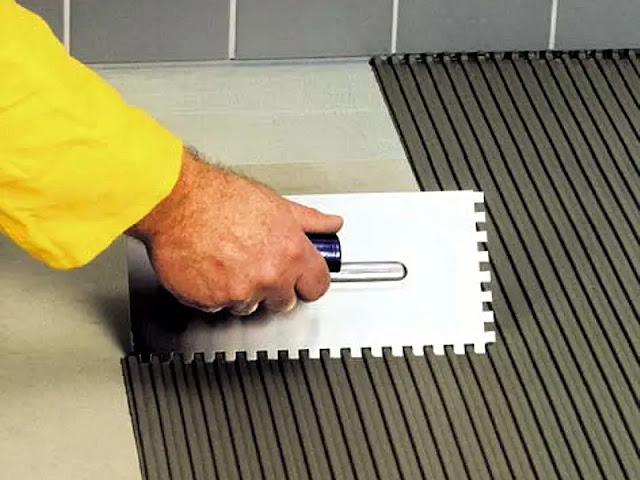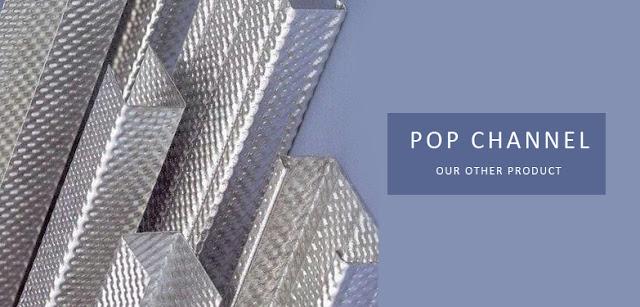Plaster Of Paris Utilization For Interiors
 |
| plaster of Paris |
One look through different web portals or flip through an insides magazine nowadays will demonstrate to you that plaster of Paris surfaces return in a major manner. When a completion held for lavish and customary interiors, mainly of giving any hued surface an unmistakably dusty and recognized look is currently discovering its way into spaces of present day and differing styles. Pop Suppliers are making a great deal by manufacturing and distributing plaster of paris around the globe.
From diverse pink kitchen walls to cranky dark floors, the open doors for utilizing plaster of Paris in your house are perpetual. Considering this present pattern's resurgence, many find it a decent an ideal opportunity to investigate where plaster work initially started, feature it's gainful (and not all that useful) characteristics, and offer a couple of ways we can apply it to our walls today.
Utilization of Plaster of Paris
Utilizing plaster for interiors is unquestionably not a new idea. Going back a great many years, the Egyptians utilized this material to develop the interior parts of their royal residences and pyramids, since it's anything but difficult to shape both into smooth surfaces and enlivening structures. A significant number of these antiquated embellishments despite everything exist today—because of plaster's inherently thick, sterile, and fire retardant characteristics, which make it perfect for development reasons and not simply enlivening ones.
The material in the long run advanced toward Greece (where we get "plaster" regardless) and Italy, where it used in an assortment of needs from brick work walls and roofs to different common marble surfaces known as scagliola.
How is POP Plaster of Paris made?
Created by warming the mineral gypsum to 300º F, plaster of Paris is sold as a dry powder that, when blended in with water, frames a serviceable paste not long before it gets applied to a surface. (A huge store of gypsum in the Montmartre zone of Paris, dug for this reason by early craftsmen, gave it its name.)
The response of the plaster with water gives up heat, permitting the hydrated plaster to solidify (beginning around 10 minutes after it is presented to air and completely setting after around 72 hours). The vibe of the completion peruses as worn and storied in spite of its generally quick application, which is likely, be the intrigue of it today.
Drawbacks of Plaster of Paris
Stylishly, there aren't many. Be that as it may, inch by inch, the use of plaster of Paris can be more expensive than what's required for concrete or concrete lime plaster, and it can't be utilized in wet circumstances.
Given its inconspicuous characteristics, it's additionally prudent to utilize a talented installer for an exact utilization of plaster of Paris—once more, more exorbitant, however an alleviation to realize the final product will be attractive.
Outside of how extraordinary it looks, the upsides proceed: Given its warmth safe nature, plaster of Paris is an excellent characteristic insulator. It additionally won't recoil or split after some time, can be formed into any shape contingent upon the style you're going for in your home, and takes well to include colors.



Comments
Post a Comment